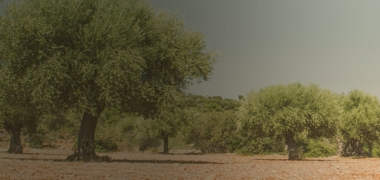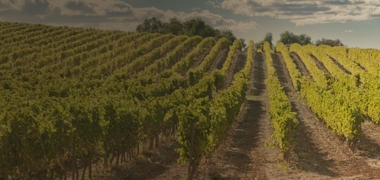Plots in Valladolid - buy, sell or rent easily
Where to buy land in Valladolid
The cheapest land in the province of Valladolid is in the municipalities of Roales de Campos, with €1/m²; Valladolid, with €4.20/m²; Wet, with €5/m²; Corcos del Valle, with €7.50/m²; and Tudela de Duero, with €7.80/m². This price is due to the large amount of rustic land available in the province.
Its average value of urban land for sale is one of the highest in the entire autonomous community since it has one of the highest population densities. The places with the most expensive urban plots are Medina del Campo, with €656/m²; La Cistérniga, with €338/m²; Olmedo, with €289/m²; Villanubla, with €233/m²; and Cabezón de Pisuerga, with €208/m². The urbanizable plots present average figures like the urban area since they are mostly located in the main municipalities of the region.
Land value is influenced by the location of the province and its proximity to the Community of Madrid
The province of Valladolid is in the northern third of Spain, right in the central part of Castilla y León. It has an area that exceeds 800,000 hectares, which represents more than 8% of the total autonomous community. Its continental climate is characterized by its harshness, which presents very low temperatures in winters and short summers. Agriculture continues to be the basis of its economy, supplying a large part of the industrial sector and with predominant crops at a national and international level.
Homogeneous geography and great agricultural development
The Valladolid landscape, with more than 700,000 hectares of rustic territory, is characterized by its homogeneous relief, made up of wide plains and few mountainous formations. It is a province that continues to base its economy on farming. For this reason, it has more than 550,000 hectares devoted to agriculture, which represents more than 70% of the total for Valladolid. The cultivation of cereals stands out, especially barley and wheat. In addition, special mention must be made of the vineyard, which covers a large area and has several appellations of origin. Other crops that also have some relevance are peas, corn, sugar beet, vetch, potato, or oats.
The forest land occupies more than 10% of the total of the province, which translates into just over 100,000 hectares. It is divided into timber mount, woody mount, and open mount. Meadows and pastures have less prominence, compared to the rest of the provinces. And it is that they occupy a very small extension, which occupies little more than 3% of the total Valladolid territory.
Valladolid, epicentre of urban and developable land
The largest land surfaces are in the municipalities of Valladolid, Laguna de Duero, Medina del Campo, Arroyo de la Encomienda and Tordesillas. The proximity to the Community of Madrid has caused these towns to be in continuous growth. For this reason, the residential plots have a large area that exceeds 2,000 hectares. In its entirety, the urban land covers more than 14,000 hectares, while the developable land exceeds 10,000 hectares.
An undiversified industry
Its location and its proximity to the Community of Madrid have made it a dynamic province, home to the largest industrial development in Castilla y León. It has an area that exceeds 1,500 hectares, distributed in more than 40 industrial estates. Even so, it has a poorly diversified industrial fabric, where the automotive, agri-food, metallurgical and pharmaceutical sectors stand out.
Valladolid, dynamism, and continuous growth
It is one of the Castilian-Leonese provinces with the most agricultural development. In fact, agriculture is one of the bases of its economy. It is highly influenced by its location and proximity to the capital of Spain, which has resulted in average values of higher ground. However, it is in continuous growth and development at an industrial and residential level, due to its location on the map. In short, it is a dynamic place, with great investment opportunities, both in urban, developable, and non-developable areas.











































